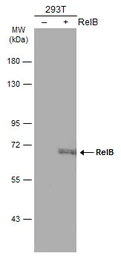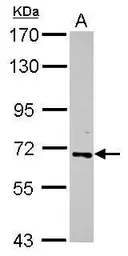RelB antibody
Cat. No. GTX102332
Cat. No. GTX102332
-
HostRabbit
-
ClonalityPolyclonal
-
IsotypeIgG
-
ApplicationsWB
-
ReactivityHuman


